It’s Time to Normalize—And Celebrate—Exercise Variations for Bigger Bodies
The idea that “larger bodies can do everything small bodies can” sounds good(ish) on paper, but that mentality ignores the reality that different body shapes move differently.
Form cues are an essential part of any fitness class. "Bend your knees," a yoga teacher says in a forward fold; "engage your glutes," your HIIT coach tells you on the third round of push-ups. The trouble is that many instructors only offer guidance to a small fraction of bodies, leaving the rest of the room feeling invisible and underserved.
While more studios these days pledge to be friendly to all shapes and sizes, they all too often ignore the fact bigger bodies need to move differently in order to accomplish and get the full benefits of a given exercise or pose. The idea that “larger bodies can do everything small bodies can” sounds good(ish) on paper, but that mentality can actually exclude those who are moving with larger thighs, stomachs, or arms. Offering cues for a wide range of bodies is key to making a studio a truly inclusive and accepting space, says Natalia Tabilo, founder of Yoga For All Bodies.
And this isn’t a niche problem: Data suggests that about 74 percent of Americans live in bigger bodies, but the boutique fitness world isn't speaking to this majority in most spin, barre, and Pilates classes. Internet conversations about fatphobic experiences in the fitness space abound on TikTok, Reddit, and beyond. And research shows that weight stigma keeps people away from gyms and exercise studios and prompts folks to avoid exercise in general.
Blanket statements like “just do what feels good” aren't helpful for someone looking for guidance during a class. And whether they come from a lack of anatomical knowledge or discomfort on the part of mostly-thin instructors, the result is that many folks leave class feeling dejected—and many don’t come back for seconds.
"After feeling body-shamed or invisible because the instructor doesn't have the tools to serve them, [many people] opt not to go back to that space again, or believe that yoga or movement is not for them," says Tabilo. "That breaks my heart."
The problem with one-size-fits-all fitness cues
Fitness culture often wears the veneer of being accepting of all. Gyms bill themselves as inclusive, and yoga studios proclaim "all bodies are welcome." While some fitness boutiques do live up to their promises, many leave them at the classroom door.
Andrea Bolivar, one of Tabilo’s yoga students (and now a teacher herself), has experienced these empty promises firsthand. “I have learned that there is a big difference between feeling like I am welcome to be in a space versus when a space is created with fat folks and diverse bodies in mind,” she says. In the former, Bolivar says, she’d often feel “like a lot of variations were missing. I was either expected to do the pose exactly as the instructor or to just sit out.”
While props like yoga blocks, straps, and bolsters are a key part of making yoga inclusive to everyone, there’s an education gap in understanding how these tools can best help different bodies. "More and more studios have props, but the instructor doesn't teach how to use them, doesn't demo with props, and doesn't normalize their use," Tabilo says.
For example, in a “traditional” forward fold, a teacher will tell you to bring your feet hips’ width distance apart, bend your knees slightly, and reach to the ground or maybe your shins. But yoga instructor Tiffany Croww, who shares yoga variations for bigger bodies on TikTok, recently told Well+Good that approach leaves “no space in a forward fold for your beautiful belly—you have to make space in that pose.” Instead, she cues students to bring their feet wide and place their hands onto blocks to make room for a bigger belly so they can truly get the intended benefit of the pose.
Most yoga instructors, however, aren’t taking an extra moment to give instructions to every body in the room. This exclusion places the burden on students to learn how to adapt a practice on their own time when they've already paid for a class and trusted an instructor to guide them.
"It wasn't blatant exclusivity, but I had to translate moves to my body in a way that my more slender dancer friends didn't have to."
—Roz "The Diva" Mays
Roz "The Diva" Mays, a personal trainer, pole diva, and fitness educator, who now teaches pole dancing to people with plus-sized bodies, says she also experienced a dearth of variations when she started her sport, despite having otherwise excellent instructors. "It wasn't blatant exclusivity,” she says, “but I had to translate moves to my body in a way that my more slender dancer friends didn't have to."
As a teacher, she has incorporated many self-taught variations into her classes, including an “invert,” a pole-dancing move where you move your butt over your head. “It's one of the most difficult things to do in pole dancing,” she says. “Besides just standing and sort of kicking up onto the pole and praying for the best, I’ve learned that you can actually climb the pole and drop into an inverted position. And that's a way of getting to the finish line by just taking a different path.”
Bennett Rahn, a climbing guide based in Seattle, says that her sport also has progress to make. The term “strength-to-weight ratio” gets thrown around a lot in the climbing world. The basic idea is that the less you weigh, the easier it will be to scale your way to the top. This harmful mentality has caused many people to feel excluded from the sport—when Rahn says there are so many ways to climb using your unique abilities that have nothing to do with the scale.
She says that, as a guide, she tries to remind people that there are a million ways to make it to the top. “The term ‘beta’ in climbing is just the way that you climb a thing. I like to think of it as the choreography of climbing or the sequence of movements that you do that helps you get through a move, a route, or a problem,” she explains. Beta is often shared among climbing partners. And although it’s commonly understood that someone who’s 6’2” with a long wingspan will climb a rock face differently than someone who’s, say, 5’4”, beta for larger bodies is seldom discussed.
That’s why Rahn is doing her best to teach people to use the language of “beta” in a way that’s more inclusive. "We're using the same climbing vocabulary. We're just using it slightly differently, and/or, we're using certain kinds of moves and not others,” she says, adding that she suggests people in larger bodies climb more statically (a slow and technical way of climbing) versus opting for dynamic climbing (which is characterized by explosive, muscle-first moves).
She says climbers can speak to one another in a way that’s less directed by “right” or “wrong,” and more inclined toward “there is a variation for everyone.”
The power of variations for every body
The good news: There are teachers who are paving the way for exercise experiences that are as diverse as the U.S. population—and encouraging other instructors to widen the breadth of their instruction.
Mays says that her own practice has allowed her to tap into variations that feel great in her body and her students' bodies. By pairing that with a deep understanding of anatomy, she's been able to carve out a space where people who look like her feel like they're reaping the rewards of every class. "[My clients] definitely have been able to progress in ways that they weren't able to when working with other coaches who didn't give variations for their specific body types," she says.
As a student, Bolivar has found new dimensions in her yoga practice thanks to variations designed to suit her body—especially when teachers like Tabilo use the term “variation” rather than “modification.” “The intentional shift of language to ‘variation’ reminds me that pose hierarchy really isn’t necessary,” she says. “There’s no ‘winning’ at yoga asana, there is simply doing and being.”
Tabilo points out that modification is a loaded word “because usually the modification is offered when the instructor notices someone struggling or not being able to do what they offered," says Tabilo. Variations, on the other hand, are offered before students begin to move so that no version of an exercise feels like the B-rated option. "So it is not a modification to rescue you, it is an invitation for you to explore, 'What does your body and mind need today?'"
Rahn echoes the feeling of belonging that comes with choosing options that honor your body. “Sometimes you get surprised by a cool [climbing] movement where you're like, ‘Yeah, I want to do that again!’ That is the joy of climbing,” she says. “Getting outside, getting up high, seeing incredible views, and getting to touch really cool rocks. Who cares if I took a few falls on my favorite project? I don’t care! I’m having fun.”
"The intentional shift of language to ‘variation’ reminds me that pose hierarchy really isn’t necessary. There’s no ‘winning’ at yoga asana, there is simply doing and being.”
—Andrea Bolivar
For teachers and guides to make their community welcoming to all, they have to prioritize deeper education, says Mays. While it's important to receive formal training, she points out that many fitness certifications are grounded in fatphobia and preach that weight loss is the number-one reason to exercise. It can take dedicated training from instructors with larger bodies to teach in a way that doesn’t sideline a whole group of people.
Feedback is another vital ingredient. "I think the most important thing is curiosity. Curiosity about how your students are, how your students move, and why they're in class with you," says Mays. She recommends trainers ask students questions like, "What more do you want from my class?" and "How can I make this a better experience for you?" "Invite them to be a part of the process," she says.
How to find more body-inclusive fitness
Students can also take a proactive role in deciding how fitness fits into their life. Maybe you're willing to let instructors know when you've felt forgotten, or maybe you want to find a fitness community of people who look the way you do—either in real life or online. "The best thing that's come out of the pandemic has been the absolute explosion of online training options," says Mays. You can search for digital programs made for people who share a similar body size, or from trainers who are qualified to offer variations to you.
You might just find the fitness environment that works best for you is your living room with a couple of friends and a trainer out in cyberspace.
“When [people] decide to choose and enjoy a variation—even if the teacher is not offering one—they are advocating for themselves and trusting their inner wisdom.
—Natalia Tabilo
Stocksy / Studio Firma
No matter where you work out, focusing on what works for your body can be a powerful statement. "When [people] decide to choose and enjoy a variation—even if the teacher is not offering one—they are advocating for themselves and trusting their inner wisdom," says Tabilo. “In life that translates into learning to put boundaries, to say yes and no to what feels accessible or uncomfortable.”

